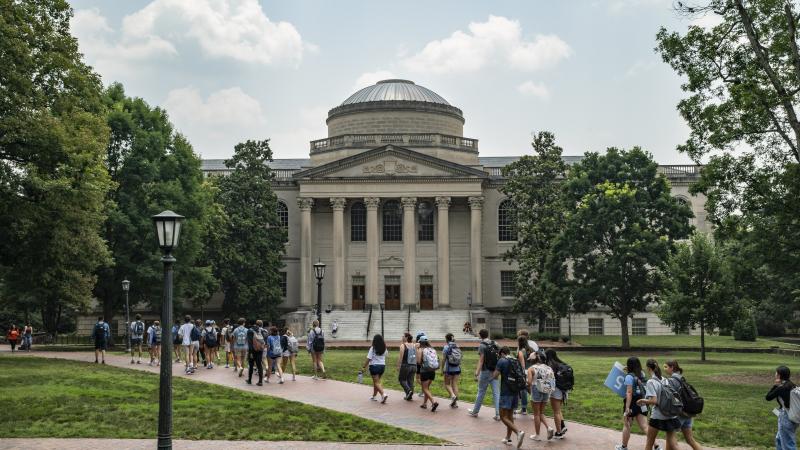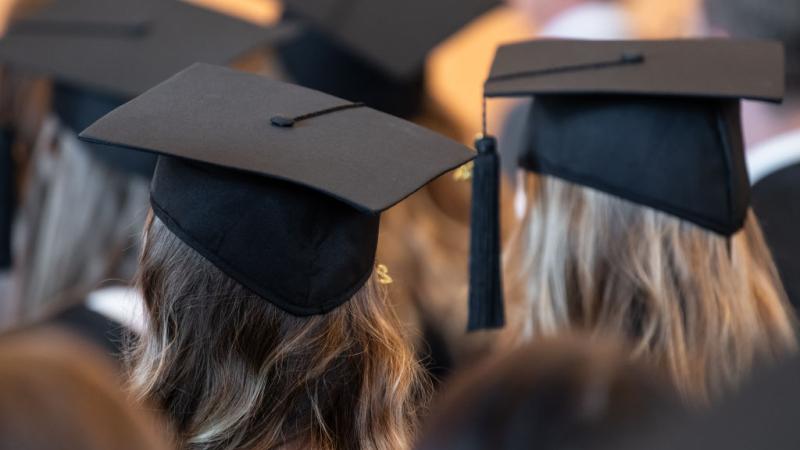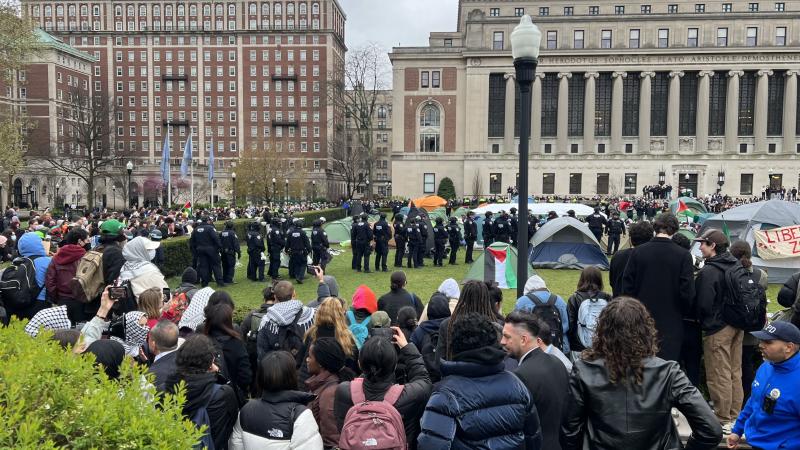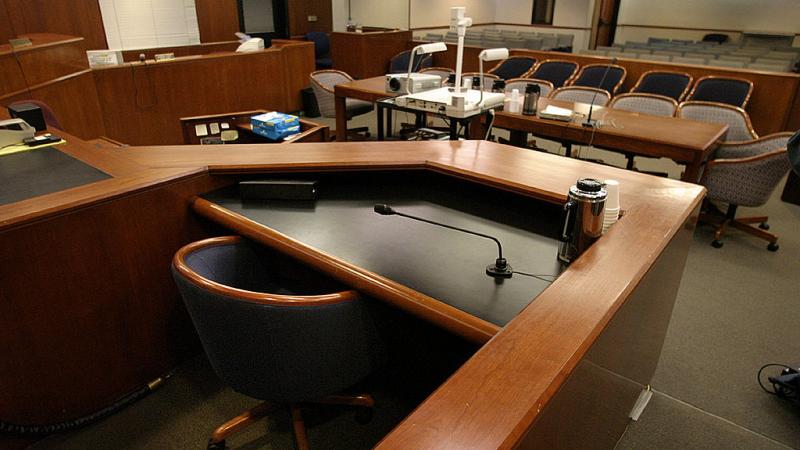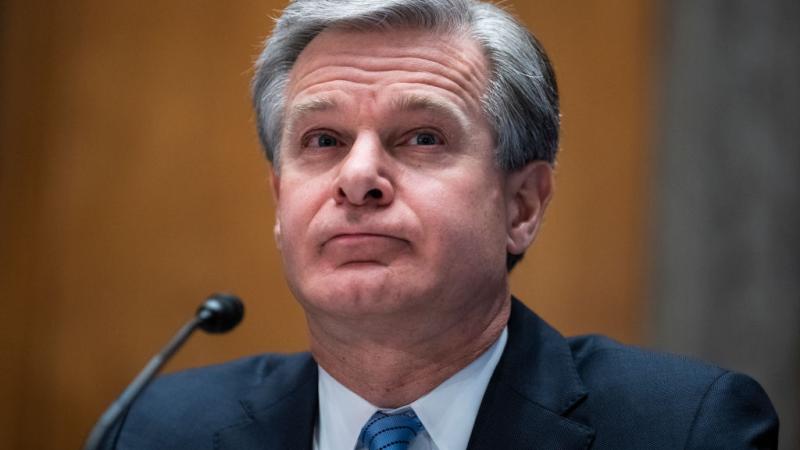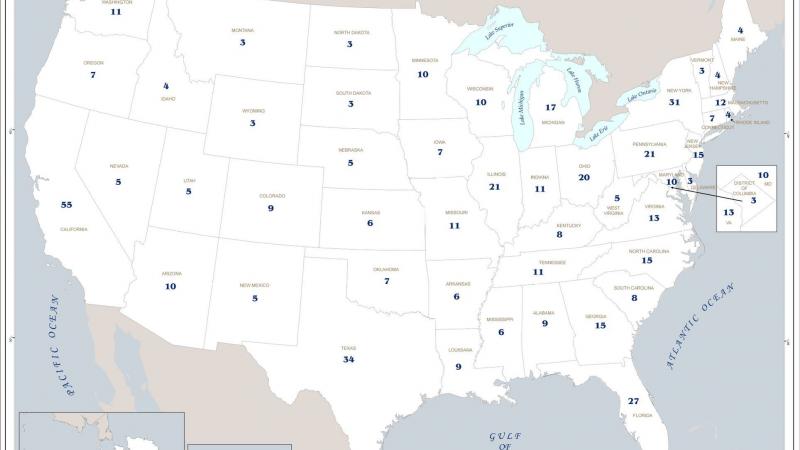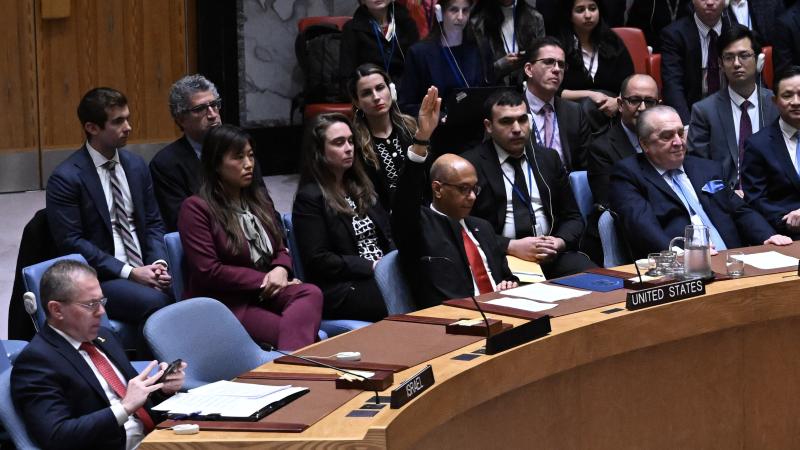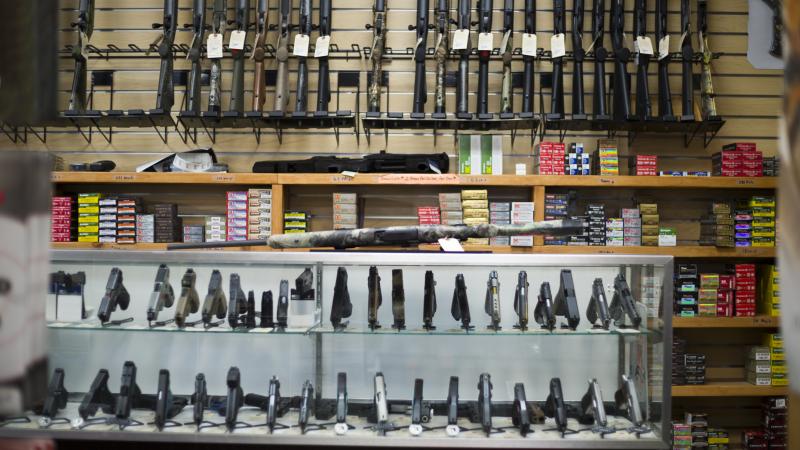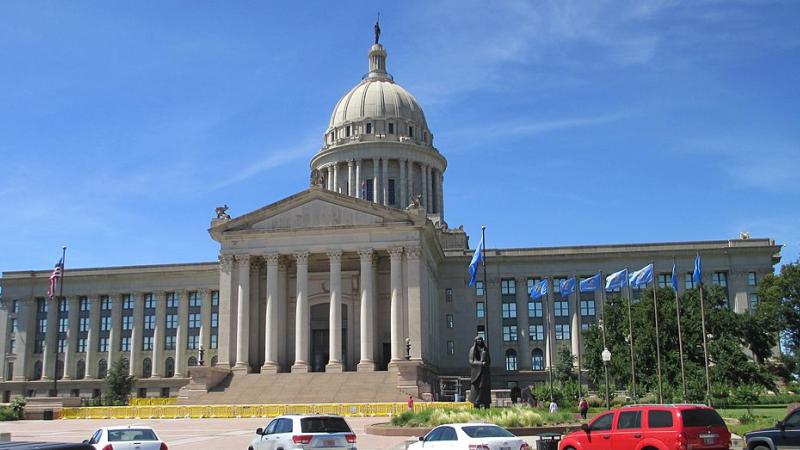Amid ongoing school shutdowns, homeschooling rates skyrocket across the country
Rate of parents intending to homeschool has doubled this year.
The number of American children being homeschooled has jumped significantly this year, spurred by the ongoing pandemic and accompanying school shutdowns that have left much of American public and private education hanging in limbo for the foreseeable future.
Long more of a niche subculture in the U.S. than a mainstream phenomenon, homeschooling's popularity has greatly broadened in recent decades, driven in large part by legal victories that have expanded homeschoolers' rights and educational companies now meeting the demand from families for a wide variety of tools for home instruction.
The widespread closure of schools in the U.S. starting in March of this year — due to speculation that schools might contribute to the spread of COVID-19 — have forced many parents to shoulder increasingly large parts of their children's educations, first in the spring and now during at least the first half of the 2020 school year, when many schools have remained closed and others have shut down after only weeks of being reopened.
The vast majority of parents have opted to have their children simply receive institutional instruction at home, usually being taught by their school's instructors over digital mediums such as Zoom. Still, a significant number of parents have chosen instead to pursue homeschooling rather than remote public or private instruction.
Rate doubles from previous year
That shift was seen in Gallup polling released in late August, which revealed a substantial increase in the number of parents intending to homeschool their children.
When asked, 10% of respondents to Gallup's poll said they would be instructing their K-12 students at home this coming year. That's a doubling from the 5% who said the same thing in 2019.
Gallup stipulated to respondents that it was asking specifically about students being "taught at home," rather than being "enrolled in a formal school" and simply receiving remote instruction.
Jamie Heston, a former board member of the Homeschool Association of California and now a volunteer for the group, confirmed that the group has seen "a very large increase in the number of parents seeking information about homeschooling and pulling their kids from public and private brick and mortar schools to homeschool."
Heston said several times a year she offers homeschooling informational sessions to families in the Bay Area. In January – several months before widespread school closures began around the country – Heston switched to a digital Zoom format to accommodate increasing demand. By the summer, after a few months of school closures and shutdowns, regular attendance for those meetings was often up to 10 times larger than normal.
Heston told Just the News that her group has observed several different types of parents seeking out homeschooling information, including those who were already considering making the switch, "parents who didn't choose homeschooling but were forced to consider it due to not wanting to expose their children to the virus by going to a brick and mortar location," and parents whose children were struggling with distance education.
"We believe that a certain number of these parents will remain homeschooling even after the pandemic is resolved," she said, "but a good majority of them will likely return to schools when they open due to needing to work or just not choosing to homeschool anymore because they have other priorities."
"Homeschool parents generally take a good deal of time before launching into it," she continued, "to consider what it will look like, research their options, classes, curriculum, and community, talk to current homeschooling families, attend park days, etc. before taking the leap. Families homeschooling now did not have that planning time and have been essentially thrown into it without much time to consider their options."
Temporary or not, similar increases are being seen elsewhere in the U.S. In Fairfax County – a major public school district of Virginia – the number of students withdrawn over the summer to go into homeschool quintupled from 3% last year to 15% this year, according to a district "membership trends report" from earlier this month.
The Montana Office of Public Instruction estimated in a preliminary report this month that homeschool instruction in the state has increased by 62%. Private and public school enrollments, meanwhile, were down 9% and 1.8%, respectively.
In Maryland's Anne Arundel County Public Schools, the homeschool transfer rate reportedly more than tripled. That rate of increase was reportedly seen statewide in Utah. Rates have exploded in Maricopa County, Ariz. And state officials in Massachusetts this month revealed that nearly nine times as many students are homeschooling this year compared to last year.
Advocacy groups have spent decades on homeschool issues
The wave of new homeschoolers this year comes after several decades of victories large and small by home education advocates across the country, driven in part by the successes of groups such as the Home School Legal Defense Association.
The HSLDA was founded in 1983 at the outset of the burgeoning home education movement in the U.S., during a time when homeschooling families could face significant legal challenges for attempting to educate their children at home.
The HSLDA has won notable victories in state-level courts, such as a 1993 state Supreme Court case in Michigan striking down a Michigan teacher certification requirement for homeschooling parents. Today, the group identifies only a handful of U.S. states, all of them in the Northeast, as enforcing heavy regulation on homeschoolers.
The legal landscape for homeschoolers is much friendlier than it used to be, and technology has made home education much easier. Still, Heston believes the current increase is likely just an artifact of the current COVID-19 crisis and will probably not last.
"I think this trend will continue as long as the pandemic is an issue," she said, "but I believe the good majority of the children will return to schools once they reopen."
The Facts Inside Our Reporter's Notebook
Links
- Gallup's polling on American education
- Fairfax County's "membership trends" report
- Montana preliminary education report
- Baltimore Sun: Homeschooling rates triple in Anne Arundel County
- KSLTV: Utah data indicate growing homeschool movement
- Maricopa County, Arizona schooling data
- Montana Public Radio: Rise in homeschooling
- Boston Globe: Public school enrollment plummets statewide
- Michigan Supreme Court: People v. DeJonge
- HSLDA's homeschool regulation map


